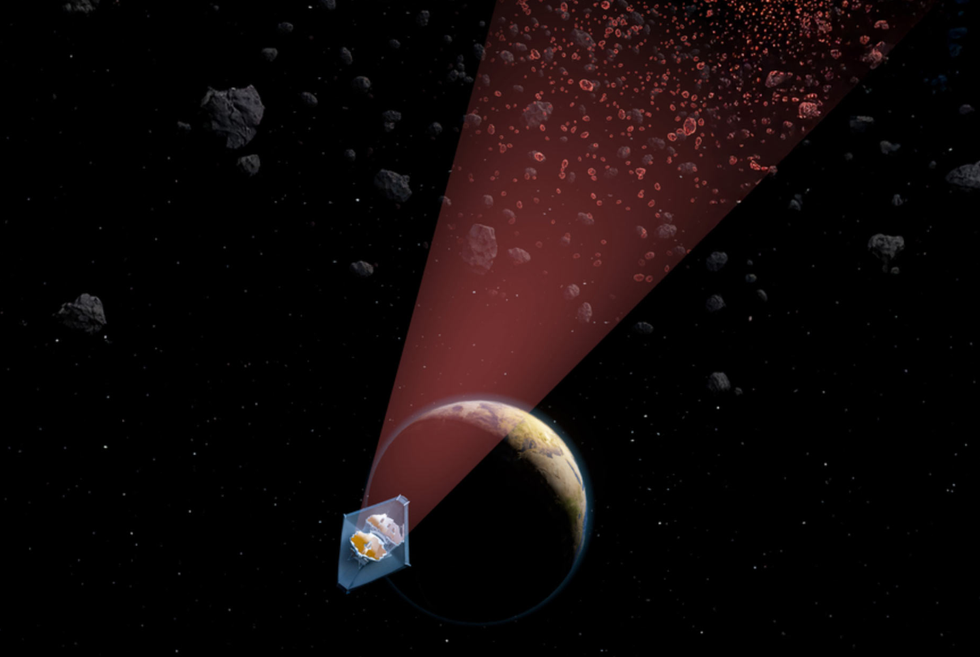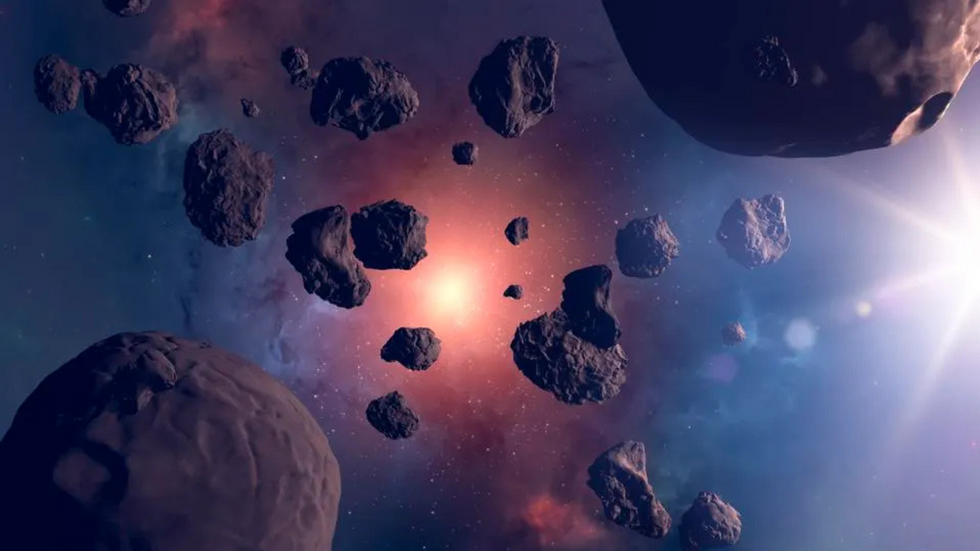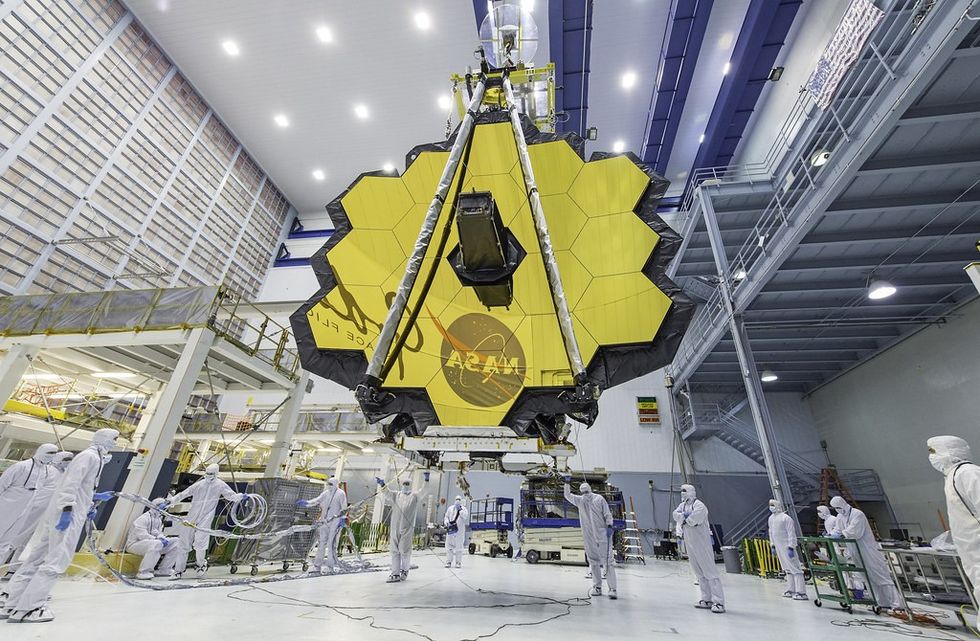Asteroid discovery hailed by scientists after vital breakthrough in 'planetary defence'

Over 100 new 'decametre' space rocks have been detected between Mars and Jupiter
Don't Miss
Most Read
Scientists have discovered asteroids as small as London buses in the vast rubble field between Mars and Jupiter for the first time.
The breakthrough by MIT researchers has identified more than 100 new "decametre" asteroids, measuring just 10 metres across - roughly the size of a bus - up to several stadiums wide.
These are the smallest space rocks ever detected in the main asteroid belt, where previously only objects about one kilometre wide could be spotted.
The MIT team developed a new approach using an image processing technique called "shift and stack", first created in the 1990s.

Researchers have identified more than 100 new 'decametre' asteroids between Mars and Jupiter
|Julien de Wit/Ella Maru
This method involves shifting and stacking multiple images of the same field of view to make faint objects more visible.
The technique required significant computational resources, as researchers needed to test numerous scenarios for potential asteroid locations.
By applying this method to existing telescope data, the team has dramatically improved detection capabilities, moving from only being able to spot 1-kilometre-wide asteroids to identifying those just 10 metres across.
The discovery has significant implications for planetary defence, as these smaller asteroids can strike Earth more frequently than their larger counterparts.
SPACE LATEST:

Asteroids as small as London buses (not pictured) have been discovered in the vast rubble field between Mars and Jupiter for the first time
| GETTY"We now have a way of spotting these small asteroids when they are much farther away, so we can do more precise orbital tracking, which is key for planetary defence," says MIT research scientist Artem Burdanov.
While bus-sized asteroids hit Earth every few years, they can cause significant regional damage, as demonstrated by the 1908 Tunguska impact and the 2013 Chelyabinsk incident.
These smaller space rocks are more likely to escape the main asteroid belt and become near-Earth objects.
The discovery came as an unexpected bonus while scientists were studying distant exoplanets.
MIT professor Julien de Wit noted: "For most astronomers, asteroids are sort of seen as the vermin of the sky, in the sense that they just cross your field of view and affect your data."

The team used images from Nasa's James Webb Space Telescope
| FlickrThe team used images from Nasa's James Webb Space Telescope, originally intended to search for signs of life around the TRAPPIST-1 star.
"We thought we would just detect a few new objects, but we detected so many more than expected, especially small ones," de Wit said.
Experts acknowledge significant gaps remain in our understanding of asteroids in our solar system.
Dr Greg Brown from Greenwich's Royal Observatory notes that we're missing many mid-sized asteroids, with known numbers being "a lot lower than the number we think there should be."
The European Space Agency has issued a stark warning about the challenge, saying: "Hidden in the glare of our Sun are an unknown number of asteroids, on paths we do not know, many of which could be heading for Earth, and we just don't know it."











